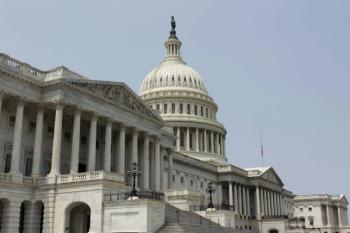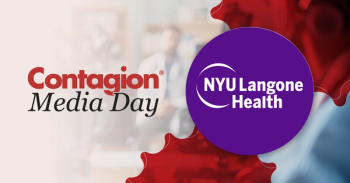
Elective Surgery in the Time of COVID-19
Commentary highlights importance, recommends steps to continuing surgical practice during pandemic.
As of this writing, nearly 8 million people in the United States have been infected with SARS-CoV-2, and more than 215000 have died from the disease it causes, COVID-19.
Yet, as harrowing as these figures are, they don’t capture the potential downstream health—and quality of life—effects of the pandemic, based on the impact measures implemented to help contain the spread of the virus have had on other medical services nationally—and globally—since late February.
In a
“Moving forward requires creativity but also requires structural changes to patient workflows,” they write. Unfortunately, Dr. Freischlag did not respond to a request for comment on the piece from Contagion®.
Indeed, the term “elective surgery” is often a misnomer, as these procedures are often essential to “patient health,… the well-being of communities, and… the solvency of the nation’s health care system,” they noted. Indeed, an
Although the authors of the commentary acknowledge the need to temporarily stop so-called elective procedures as SARS-CoV-2 continued to spread—“to mitigate the risk of virus transmission; to preserve personal protective equipment (PPE), hospital bed capacity, and key equipment (eg, ventilators); and to allow shifts in health care staffing patterns”—guidelines published by the American College of Surgeons “did not account for the physical and emotional challenges of delayed surgeries,” they said.
At their own hospital, for example, from March to June, there was a 27% reduction in orthopedic surgery cases and a 34% reduction in breast surgery cases, compared to the same period in 2019. Procedure numbers rebounded in July and August, according to the authors, but “the long-term effects of widespread delays and their influence on resources, outcomes, and survival may not be apparent for some time.”
In addition to effectively rebranding “elective surgeries” as “nonemergency” surgery, the advocate for the following:
- Aligning reimbursement with the true cost of care for all patients regardless of diagnosis.
- Triaging “elective” cases to community network hospitals to sustain volumes.
- Restructuring or redesigning systems may need redesigns or restructures to care for COVID-19 and non-COVID-19 patients in parallel.
- Testing patients presurgery and guaranteeing availability of PPE for staff, students, and patients.
“Culture—the sense of common purpose and accountability that binds individuals to each other—is the undercurrent that will drive commitment to these measures and adherence to preventive practices like masking, social distancing, and frequent handwashing,” they conclude. “In the COVID-19 era, it is critical for the health of communities and health care systems and hospitals that nonemergency surgeries continue along with efforts to counteract the pandemic and thrive in the future.”
Newsletter
Stay ahead of emerging infectious disease threats with expert insights and breaking research. Subscribe now to get updates delivered straight to your inbox.
















































































































































































































































































